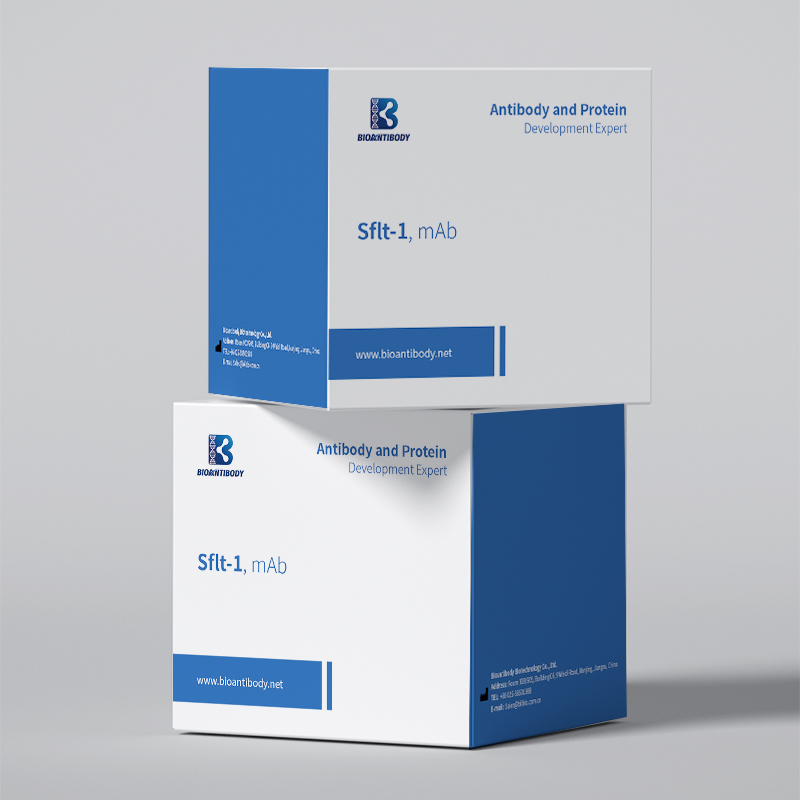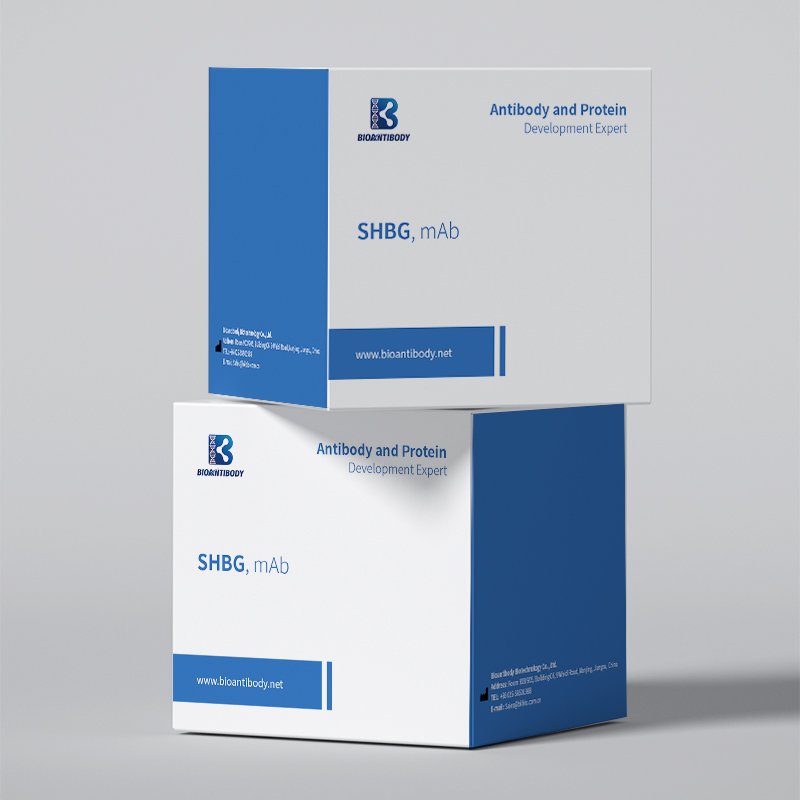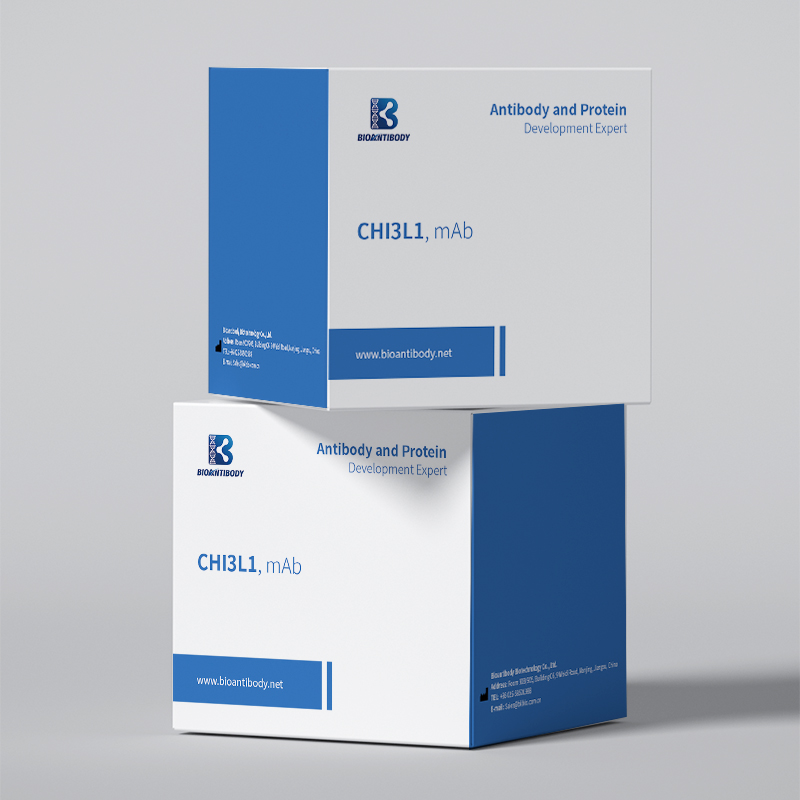Anti-human sFlt-1 Antibody, Mouse Monoclonal
Product details
General Information
Preeclampsia is a serious multi-system complication of pregnancy, occurring in 3 - 5 % of pregnancies, and it is one of the leading causes of maternal and perinatal morbidity and mortality worldwide.
Preeclampsia is defined as new-onset of hypertension and proteinuria after 20 weeks of gestation. The clinical presentation of preeclampsia and subsequent clinical course of the disease can vary tremendously, making prediction, diagnosis and assessment of disease progression difficult.
Angiogenic factors (sFlt-1 and PlGF) are proven to play an important role in the pathogenesis of preeclampsia and their concentrations in maternal serum are altered even before the onset of the disease making them a tool for prediction and aid in diagnosis of preeclampsia.
Properties
| Pair Recommendation |
CLIA (Capture-Detection): 1E4-6 ~ 2A6-4 2A6-4 ~ 1E4-6 |
| Purity | >95% as determined by SDS-PAGE. |
| Buffer Formulation | PBS, pH7.4. |
| Storage | Store it under sterile conditions at -20℃ to -80℃ upon receiving. Recommend to aliquot the protein into smaller quantities for optimal storage. |
Competitive Comparison
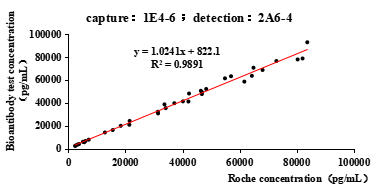
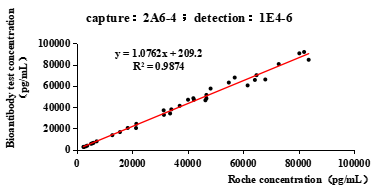
Order Information
| Product Name | Cat. No | Clone ID |
| sFlt-1 | AB0029-1 | 1E4-6 |
| AB0029-2 | 2A6-4 | |
| AB0029-3 | 2H1-5 | |
| AB0029-4 | 4D9-10 |
Note: Bioantibody can customized quantities per your need.
Citations
1.Stepan H , Geide A , Faber R . Soluble fms-like tyrosine kinase 1.[J]. N Engl J Med, 2004, 351(21):2241-2242.
2.Kleinrouweler C E , Wiegerinck M , Ris-Stalpers C , et al. Accuracy of circulating placental growth factor, vascular endothelial growth factor, soluble fms-like tyrosine kinase 1 and soluble endoglin in the prediction of pre-eclampsia: a systematic review and meta-analysis.[J]. Bjog An International Journal of Obstetrics & Gynaecology, 2012, 119(7):778-787.


